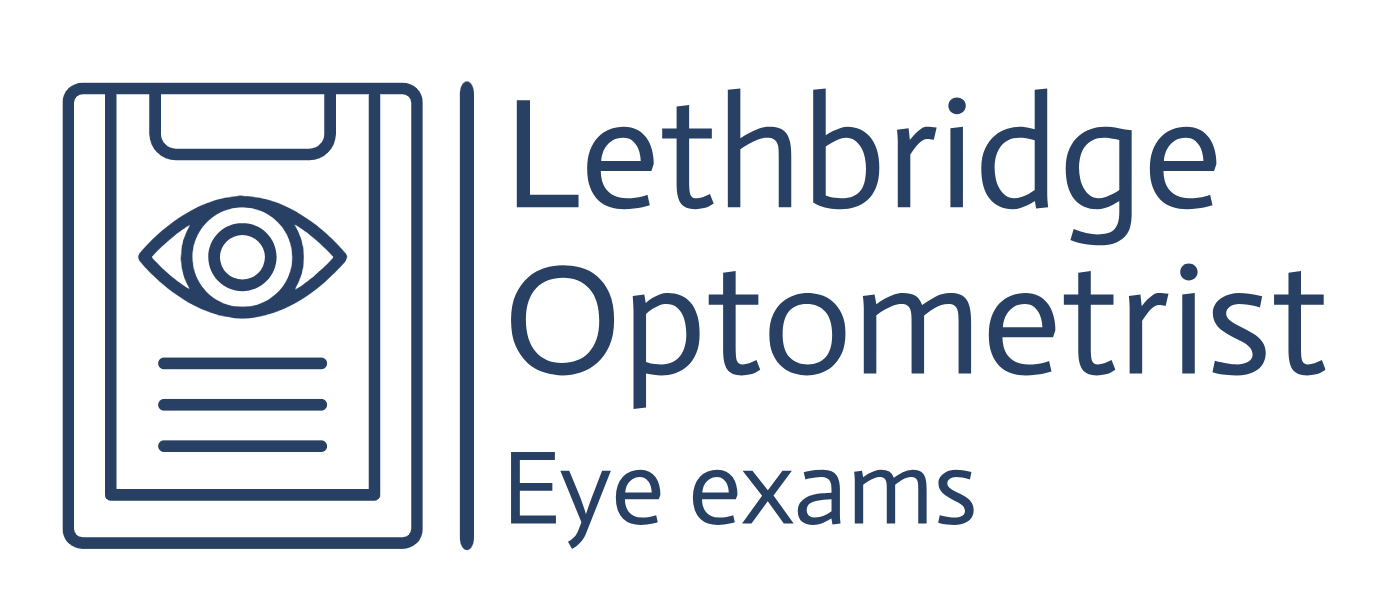As a parent, you need to prioritize your children’s health, and their vision is no exception. Early detection of eye conditions in children is crucial for their overall development and academic success. Here, we explore some of the common eye conditions that can affect children, their symptoms, and why regular eye exams are essential.
Amblyopia (Lazy Eye)
Amblyopia occurs when one eye does not develop normal vision during early childhood. This condition often develops due to strabismus (misalignment of the eyes) or a significant difference in prescription between the eyes. Symptoms may include poor depth perception or eyes that appear to wander. Early diagnosis and treatment, such as wearing an eye patch over the stronger eye, can help improve vision in the affected eye.
Strabismus (Crossed Eyes)
Strabismus is characterized by an imbalance in the positioning of the eyes, causing one or both eyes to turn inward (esotropia), outward (exotropia), upward, or downward. This condition can lead to double vision and may affect a child’s ability to focus and track objects properly. Treatment options include corrective lenses, vision therapy, or surgery, depending on the severity of the condition.
Refractive Errors
Refractive errors, such as nearsightedness (myopia), farsightedness (hyperopia), and astigmatism, are common in children. These conditions occur when the shape of the eye prevents light from focusing directly on the retina, resulting in blurred vision. Symptoms may include squinting, headaches, or difficulty seeing objects at a distance or up close. Prescription glasses or contact lenses can effectively correct refractive errors and improve visual clarity.
Conjunctivitis (Pink Eye)
Conjunctivitis is an inflammation or infection of the conjunctiva, the thin, transparent layer covering the white part of the eye and the inside of the eyelids. Common symptoms include redness, itching, swelling, and discharge from the eye. Conjunctivitis can be caused by bacteria, viruses, allergies, or irritants. Treatment may include prescription eye drops or ointments, depending on the cause.
Blocked Tear Ducts
Blocked tear ducts occur when the tear drainage system in one or both eyes is obstructed, leading to excessive tearing, discharge, and crusting around the eyes. This condition is common in infants and typically resolves on its own within the first year of life. Gentle massage of the tear duct area and warm compresses can help relieve symptoms, but persistent cases may require medical intervention.
Importance of Early Detection
Early detection and treatment of eye conditions in children are crucial for several reasons:
- Developmental Milestones: Clear vision is essential for children to reach developmental milestones, such as learning to read and write.
- Academic Performance: Undiagnosed vision problems can impact a child’s ability to concentrate and perform well in school.
- Self-Esteem: Addressing eye conditions early can prevent social and emotional challenges associated with vision impairment.
When to Schedule an Eye Exam
Pediatricians often screen for basic eye health during routine check-ups. However, parents should schedule a comprehensive eye exam with an optometrist or ophthalmologist if they notice any of the following signs in their child:
- Squinting or closing one eye to see objects clearly
- Excessive rubbing of the eyes
- Holding objects close to the face to see them clearly
- Complaints of headaches or eye strain
- Difficulty reading or performing close-up tasks
Conclusion
As a parent, being proactive about your children’s eye health is key to ensuring they have the best possible start in life. Regular eye exams can detect and treat common eye conditions early, promoting healthy vision and overall well-being. If you have concerns about your child’s vision or need to schedule their next eye exam, contact us today to schedule an appointment and give your child the gift of clear vision.

